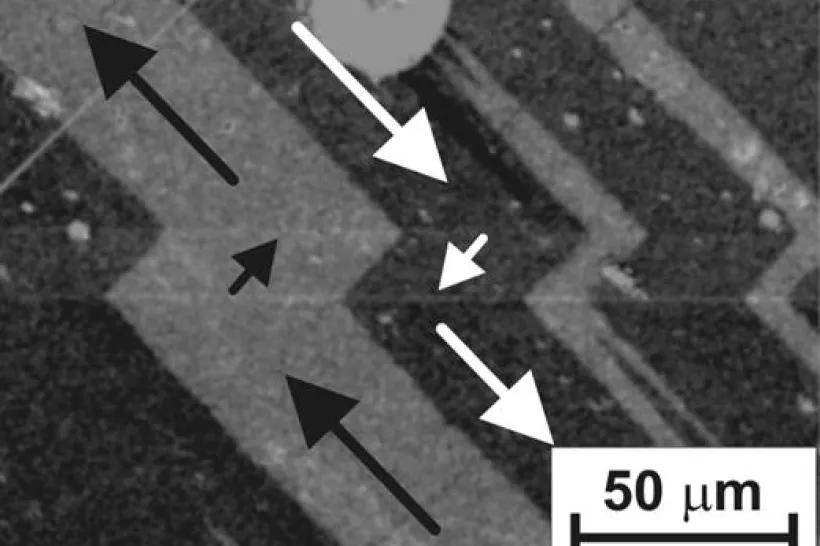The materials based on lathanoids (rare earth elements) and actinoids (5f) with transition metals (T) exhibit very interesting combinations of magnetic properties. These compounds are studied in effort to better and deeper understand the magnetic interaction in general and particularly in search of the origin of huge magnetic anisotropy and consequently for the finding of new permanent magnets, which are nowadays based on Nd-Fe and Sm-Fe compounds.
We studied magnetism and magnetoelasticity of highly anisotropic rare-earth and uranium intermetallic compounds. The compounds display pronounced magnetoelastic effects. In many of them we observed spontaneous and field-induced phase transitions of different nature. The studies were performed on high-quality single crystals in high magnetic fields. Main attention was paid to RFe5Al7 (R = Tb, Dy, Ho, Er, Tm) and R3Ru4Al12 (R = Tb, Dy, Ho, U) groups [Gorb2019, andereev2018]. The most interesting finding is influence of Co substitution of Fe in RFe5Al7. The Co substitution strongly affects the exchange interactions and magnetic anisotropy. TC linearly falls (for R = Ho) from 216 K for x = 0 to 67 K for x = 2.5. This is in stark contrast to the usual and expected behavior when Co substitution for Fe strengthens the exchange interactions in 3d-4f compounds, in all known Rm(Fe1-xCox)n solid solutions TC increases strongly at least up to x = 0.4. Magnetic properties of the 3d-4f intermetallics under extreme conditions of pressure and extremely strong magnetic field were studied to probe the magnetic anisotropy and exchange interactions. In R3Ru4Al12 compounds with R with R = Pr, Nd, Tb, Dy, Ho and U the R atoms form a distorted kagome net in hexagonal structure resulting in geometrical frustration in the R sublattice. This leads to very complicated magnetic properties not only for antiferromagnets (Tb, Dy, Ho, U), but unexpectedly also for ferromagnets (Pr, Nd). All compounds exhibit large magnetoelastic effects at spontaneous and field-induced phase transitions.
The research was performed in close collaboration with Dresden High-Field Laboratory (60-65 T).




